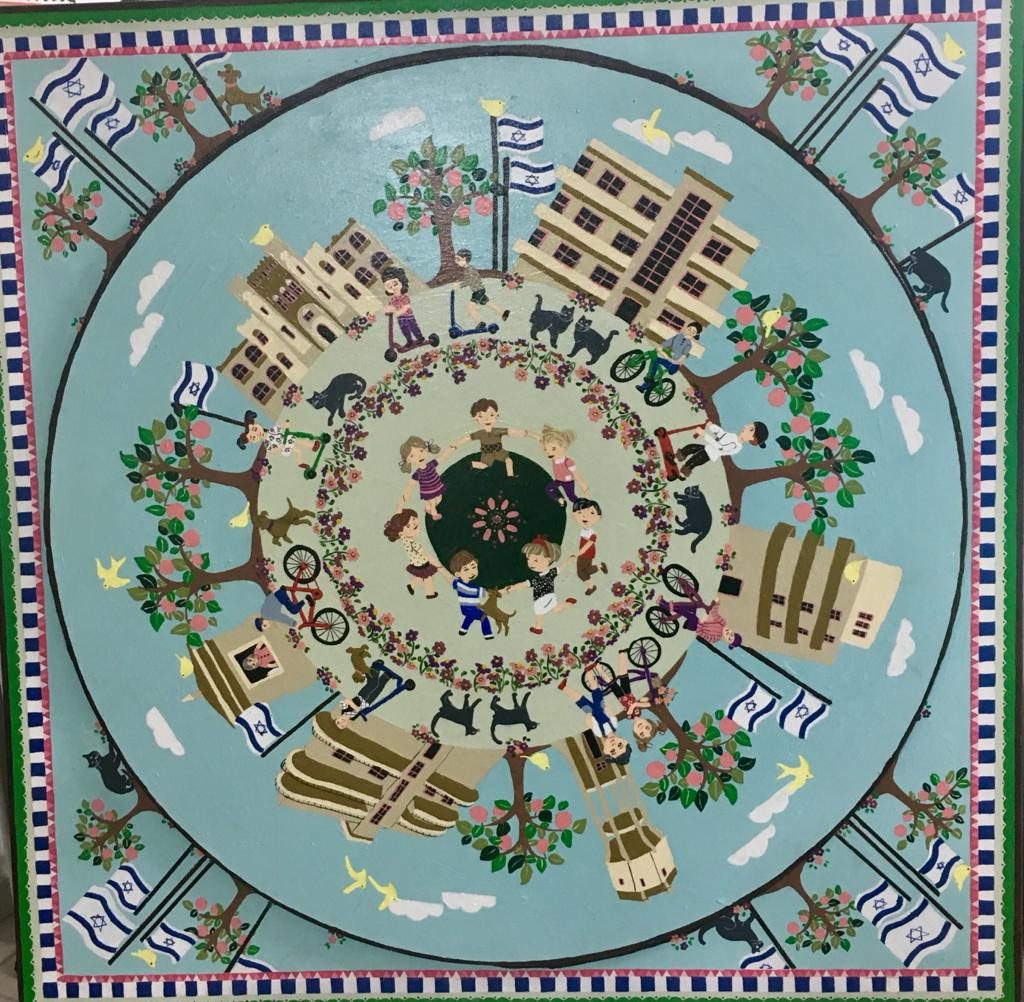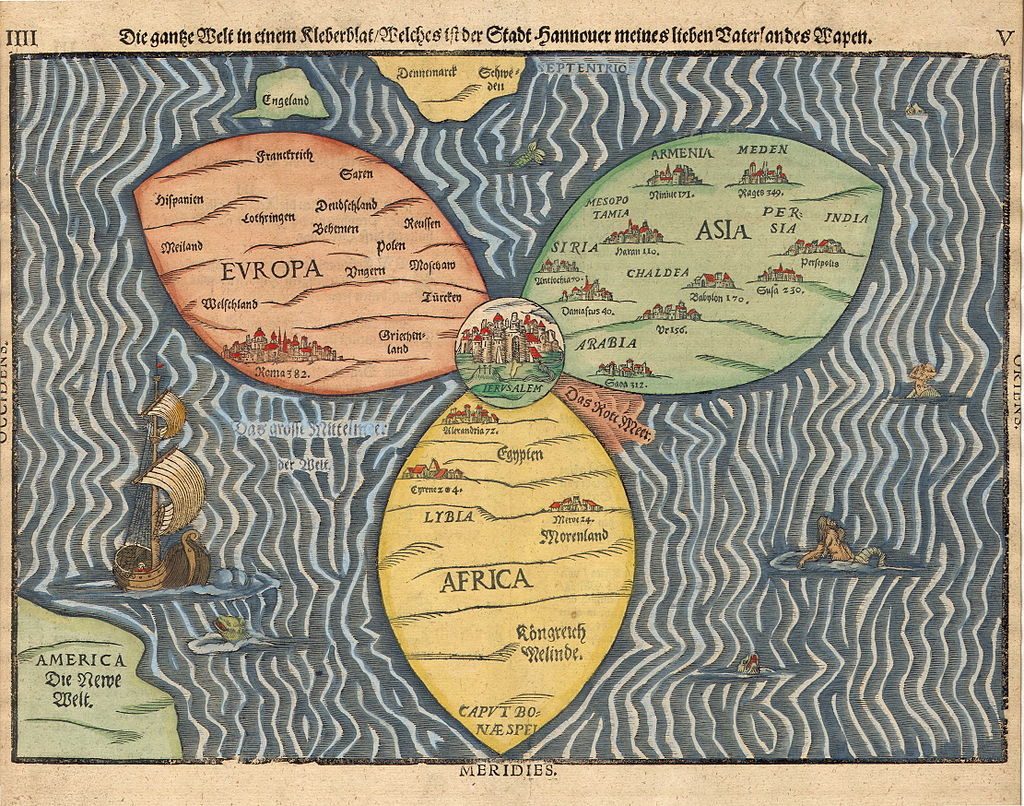Aviva Sonsino’s art shows her childhood as a young Polish repatriate to 1960’s Israel more how she wanted it to be than how it really was

Coming face to face for the first time with Aviva Sonsino’s paintings is like landing at the Ben Gurion airport in Israel and entering the arrivals lounge. It is a disquieting and overwhelming experience that hits you as the French would say “en face”, frontally, and even brutally. And yet, when your eyes adjust, when you see beyond the whole and into the particular, you know: you are home.

Aviva seems to be uninterested in telling us a story that develops; a story that has a prologue, that eases us gently into the plot. Her paintings are like stories that collapse all their spaces and all their timelines into a single frame. Everything is there, without perspective, without depth, all at once.

In fact, as if to underline the space-time warp that are her paintings, Aviva often presents places as a circle. The last time this trick was used to my knowledge was in the so-called “T” maps, early maps of the known world that were more interested in representing the spiritual aspect of the world than serve as a tool of navigation. Aviva’s paintings, like the medieval maps, are not supposed to be a Waze-like guide to the places that they depict. Rather, they tell us something much more transcendental, something that goes to the essence of the experience we may encounter when we get there.



Anyone who knows Israel also knows that Aviva’s painting are full of wishful thinking. In them, Israel is not how it is, but how a child may WANT it to be. After all, who wouldn’t want to see their neighborhoods full of dogs and doves and swans and happy well-dressed couples and babies and most of all flowers, flowers, flowers? And what child would waste the margins? Aren’t they a wonderful place in which to draw even more flowers? An additional place behind which some of the grime and ugliness of real life can be hidden.

Aviva’s style of drawing may be called “naive” for its childish appearance, but in her case it is so full of naivete that it completes the circle all the way back to sophistication. Her paintings need to be studied, unpacked, unraveled, to be truly appreciated. Paradoxically, they are more challenging to the viewer than any correctly proportioned realistic painting or even an abstract painting could ever be. The superabundance of details in her paintings renders them incapable of being immediately taken in, understood, absorbed. They require an effort, a careful study, and it is precisely that effort, that Eureka! moment that happens once the painting finally yields its secrets that makes it all so worth it.

Aviva’s solo exhibition: A Girl on a Ship opens this Thursday, April 4th, at the Ben-Ami gallery on 12 Ha’Hashmal Street in Tel-Aviv at 8 PM. The exhibition is curated by Johanan Herson.


